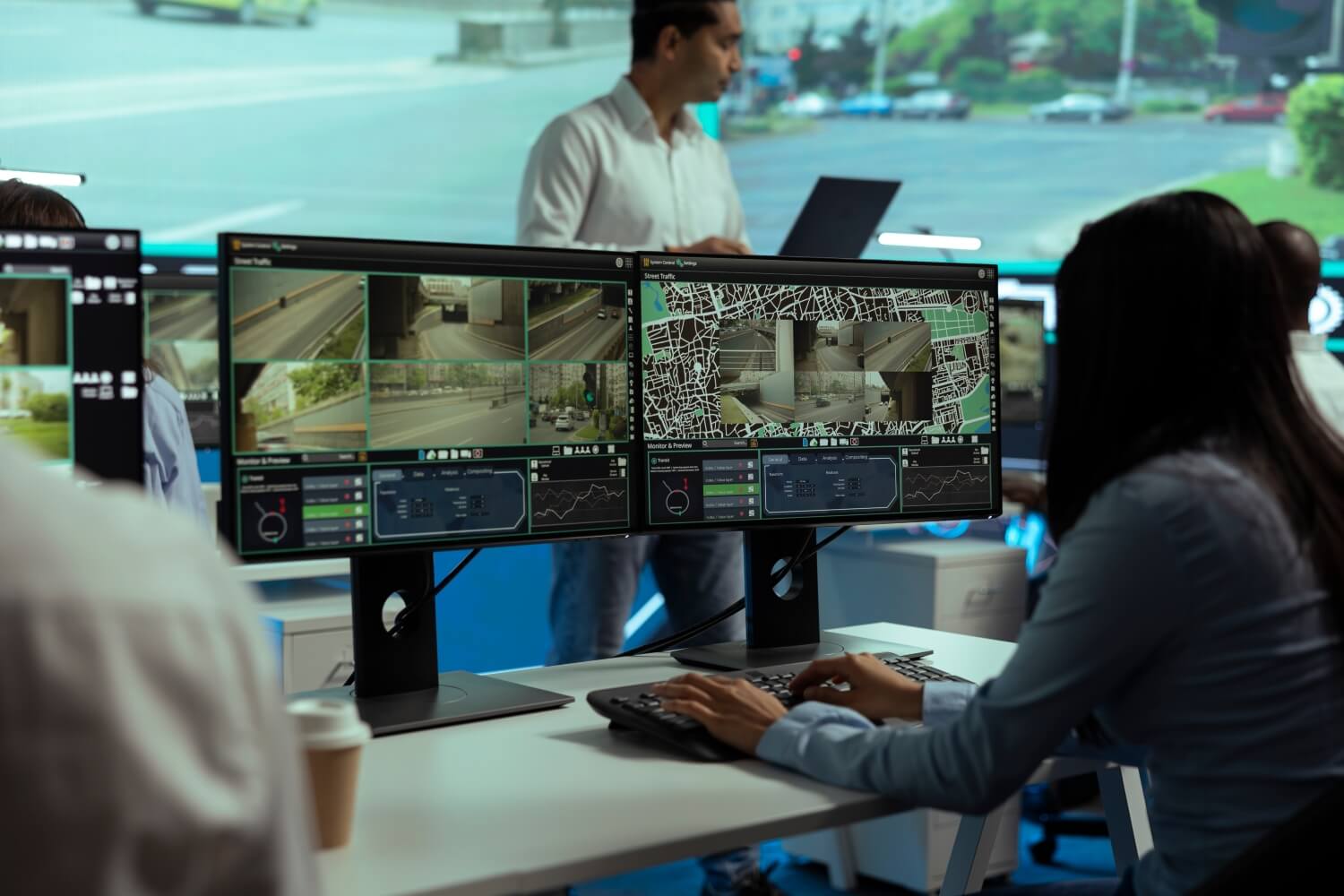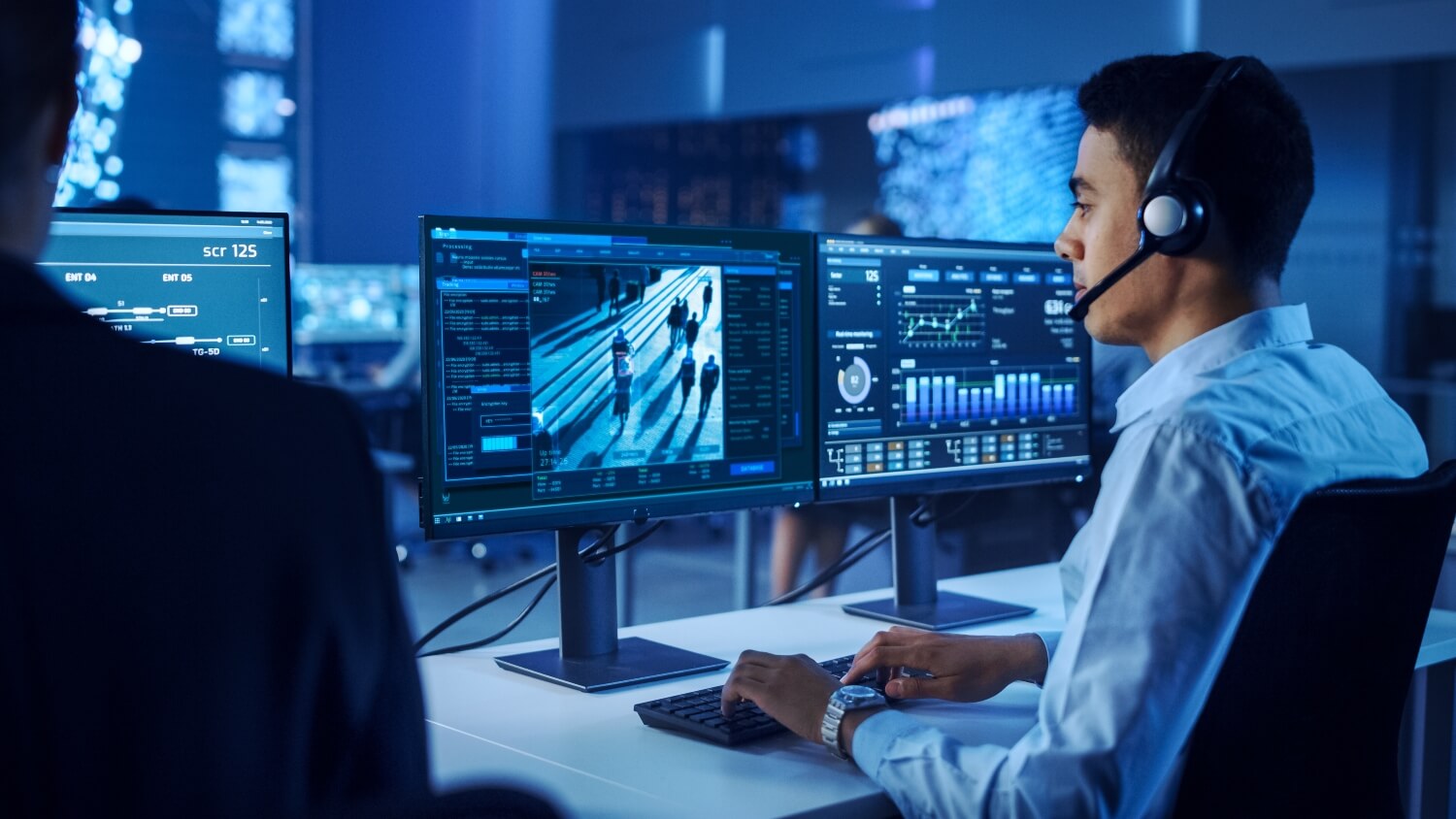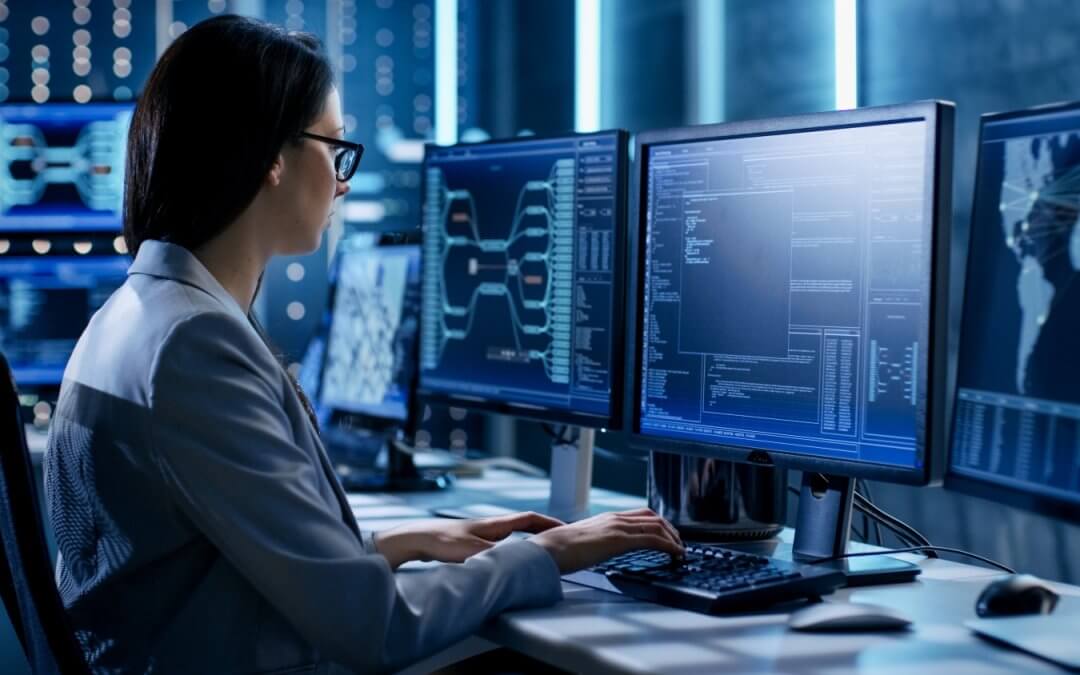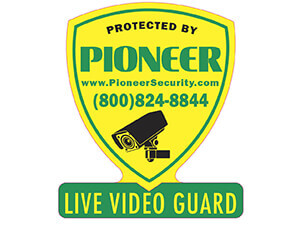Live Video Surveillance systems stand as watchful sentinels in an increasingly connected world. From bustling city streets to secure corporate data centers, they record every movement and transaction. Yet as cameras evolve into networked devices, they also expose new pathways for attackers.
The transition from analog to IP-based platforms has unleashed unprecedented capability. Real-time streaming and cloud storage bring scale and flexibility, but also pose threats such as unauthorized access and data breaches.
Let’s examine how cutting-edge cybersecurity measures fortify surveillance deployments. You will learn about robust encryption, intelligent threat detection, rigorous access controls, and network segmentation. By adopting these strategies, organizations can safeguard critical assets and protect privacy.
The Evolution of Surveillance Systems and Cybersecurity Challenges
Surveillance systems have come a long way from the days of low-resolution CCTV feeds. Modern setups now use high-definition IP cameras, real-time remote access, and cloud storage. These upgrades make monitoring more flexible and scalable, but they also create new vulnerabilities. Unauthorized access, data breaches, and network intrusions have become real concerns in connected environments.
IoT and the Expanding Threat Surface
The adoption of Internet of Things (IoT) technology, including smart cameras and sensors, has dramatically expanded the number of access points for potential cyberattacks. According to research by Taherdoost (2023), weak default settings and poor configurations have made many devices vulnerable to malware. One high-profile case, the Mirai botnet, exploited thousands of unsecured IoT devices to disrupt services across major platforms worldwide.
Cybersecurity strategies now focus on strengthening network defenses, securing user data, and building privacy protections directly into surveillance infrastructure. These efforts are reshaping how organizations approach safety in an increasingly digital world.
Enhanced Data Protection with Encryption
Encryption plays a central role in securing surveillance data. By encoding video streams and metadata, encryption ensures that even if the data is intercepted, it remains unreadable without the correct decryption key. This is particularly critical in sensitive settings such as financial institutions, government facilities, and healthcare environments.
According to Borky and Bradley (2018), modern encryption protocols like SSL and TLS are essential in preventing data tampering and unauthorized access. A study featured by SecurityInformed.com (2016) highlights how end-to-end encryption effectively blocks common cyberattacks that target unsecured data channels. These protections help organizations maintain the confidentiality of their surveillance footage, significantly lowering the risk of data leaks and privacy breaches.
More Intelligent Surveillance with AI for Instant Threat Detection

Artificial intelligence is transforming how surveillance systems detect and respond to potential threats. Instead of just recording footage, today’s intelligent cameras analyze video feeds in real time, detect anomalies, and send alerts the moment something unusual happens.
How AI Improves Security Monitoring
-
Behavior analysis helps the system recognize what’s normal and flag anything out of place.
-
Machine learning allows the system to adapt, improving accuracy with continued use.
-
Instant alerts notify security personnel the moment a threat is detected.
The Impact of AI in Real-World Applications
AI reduces false alarms and enables teams to respond before incidents escalate. Research by Irshaad Jada et al. in the Journal of Data and Management shows that machine learning models are increasingly effective at identifying new and evolving threat patterns. This leads to a more proactive approach to security with less dependence on constant human monitoring.
With AI, surveillance systems become faster, wiser, and more reliable, raising the standard for modern security.
Multi-Factor Authentication Builds Stronger Access Control
Access control plays a critical role in securing modern surveillance systems. Multi-factor authentication (MFA) verifies identity through two or more methods, such as passwords, biometrics, or one-time codes. This layered security makes it much harder for unauthorized users to break in.
MFA also solves common problems like weak or shared credentials. By requiring unique logins and regular updates, it minimizes human error and stops most credential-based attacks before they happen. Research from Cyber Management Alliance in 2024 confirms that MFA significantly lowers the risk of breaches caused by stolen login information. In sensitive environments, it ensures only verified personnel can access or manage surveillance data, keeping your network and footage safe.
Strengthening Surveillance with Network Segmentation and Firewalls
Your surveillance system stays secure only when the network behind it stays protected. A strong network setup reduces the risk of breaches and stops attackers before they reach sensitive areas. Here’s how you can make your setup safer and more reliable:
-
Segment Your Network:
Separate surveillance devices from other systems. Network segmentation prevents hackers from accessing your business data if they breach the camera system. -
Use Firewalls Effectively:
Firewalls block unauthorized traffic and stop attackers from moving through your network. -
Set It Up Right:
-
Create VLANs to manage and isolate traffic.
-
Disable ports you don’t need.
-
Apply firmware and software updates regularly.
Studies show that hackers often target open ports and outdated software first. When you patch your systems, turn off unused features, and control how devices communicate, you make it much harder for cyberattacks like botnets and script injections to succeed. These small steps add up to big protection.Can You Protect Privacy While Running Advanced Surveillance?
Yes, and it’s easier than you think. As surveillance systems become more common, the question of privacy grows louder. The good news? You don’t have to choose between safety and privacy. With the right tools, you can achieve both.
How can you keep data private without losing valuable insights?
Use anonymization
-
Strip away identifying details from video footage so people remain unrecognizable. This allows for analysis without invading privacy.
-
Apply differential privacy
Add statistical noise to datasets so patterns stay intact, but no individual data point can be traced back to a person. -
Deploy homomorphic encryption
Analyze encrypted data without ever decrypting it. According to Jha (2023), this method allows safe and private data processing.
By putting privacy first, you reassure users, comply with regulations, and strengthen public trust, all while maintaining a secure and effective surveillance system.
What Are the Best Ways to Secure Your Surveillance System?
Securing your surveillance setup takes more than just installing cameras and software. To truly protect your system from cyber threats and earn public trust, you need a proactive, well-rounded approach. Here are the most effective practices you should follow:
-
Keep software and firmware updated
Regular updates close security gaps and protect your system from emerging threats. According to Cyber Management Alliance (2024), patched systems are far less likely to be compromised. -
Control access with strong authentication
Use role-based access controls, assign unique logins, and enable multi-factor authentication. These steps ensure that only authorized users can access sensitive data (Borky & Bradley, 2018). -
Harden your network infrastructure.
Segment your network, shut down unused ports, and install firewalls to isolate surveillance traffic. These steps prevent attackers from moving laterally within your system. -
Educate users and staff.
A well-trained team is your first line of defense. Teach staff to spot phishing attempts, use strong passwords, and follow safe digital practices. -
Design with ethics in mind
Make privacy part of your planning. Ethical surveillance design considers user dignity and complies with privacy laws, helping you stay responsible and respected.
By following these practices, you can build a surveillance system that is secure, efficient, and respectful of privacy from day one.
What’s Next for Surveillance Cybersecurity

As surveillance technology evolves, cybersecurity must evolve too. Here are the trends set to redefine how we protect and govern these systems:
-
Biometric Authentication
Use facial recognition or fingerprint scans to verify users more securely, while balancing concerns about consent and accuracy. -
AI‑Driven Threat Prediction
Deploy machine learning to spot unusual network patterns and stop attacks before they happen. -
Ethical and Well‑Being Considerations
Monitor how constant surveillance affects mental health and public acceptance, and adjust practices to respect individual rights. -
Shifting Regulations
Stay ahead of data‑protection laws and industry standards to ensure your system remains both secure and compliant.
By embracing these advances and addressing their challenges, you can build a surveillance infrastructure that is resilient, responsible, and ready for the future.
Frequently Asked Questions
Why is cybersecurity critical for modern surveillance systems?
As surveillance systems evolve from analog setups to IP-based and cloud-connected platforms, they become more exposed to hacking, data breaches, and unauthorized access. Strong cybersecurity safeguards sensitive footage, ensures system integrity, and prevents disruption or misuse.
How does encryption enhance the security of surveillance video and data?
Encryption converts video streams and metadata into unreadable formats unless decrypted with the proper keys. Security protocols like SSL and TLS protect data during transmission, minimizing the risk of leaks or tampering.
What role does artificial intelligence play in improving surveillance system security?
AI helps detect threats in real time by scanning video feeds for unusual behavior and triggering instant alerts. Machine learning algorithms refine this process, boosting accuracy and reducing false alarms over time.
How does multi-factor authentication strengthen access control for surveillance systems?
Multi-factor authentication asks users to confirm their identity through multiple steps, such as passwords, biometrics, or one-time codes. This makes it much harder for attackers to break in, even if they have someone’s login credentials.
What network strategies help prevent cyberattacks on surveillance systems?
Segmenting the network isolates surveillance devices from other internal systems, stopping attackers from moving laterally if they gain entry. Firewalls, closed unused ports, and routine updates further reduce vulnerabilities and block malicious activity.
How can surveillance systems protect privacy while maintaining adequate security?
Privacy-preserving techniques such as video anonymization, homomorphic encryption, and differential privacy allow footage to be analyzed without exposing sensitive personal details. These tools support regulatory compliance and help build trust with the public.
Build a Safer Future with Cybersecure Surveillance
Surveillance systems are more advanced and connected than ever before. That progress brings new vulnerabilities. This guide explored how modern defenses like AI detection, encryption, and multi-factor authentication protect both data and users. Strong cybersecurity doesn’t just enhance performance; it preserves trust and privacy.
Pioneer Security delivers innovative, future-ready solutions that defend your surveillance systems against evolving threats. Reach out today to protect what matters most. Visit www.pioneersecurity.com.



